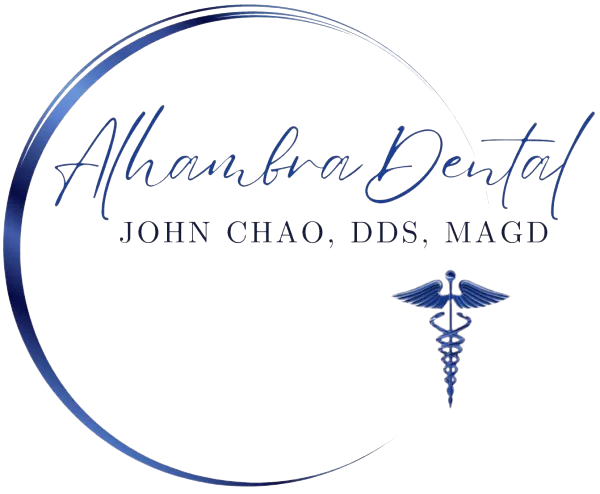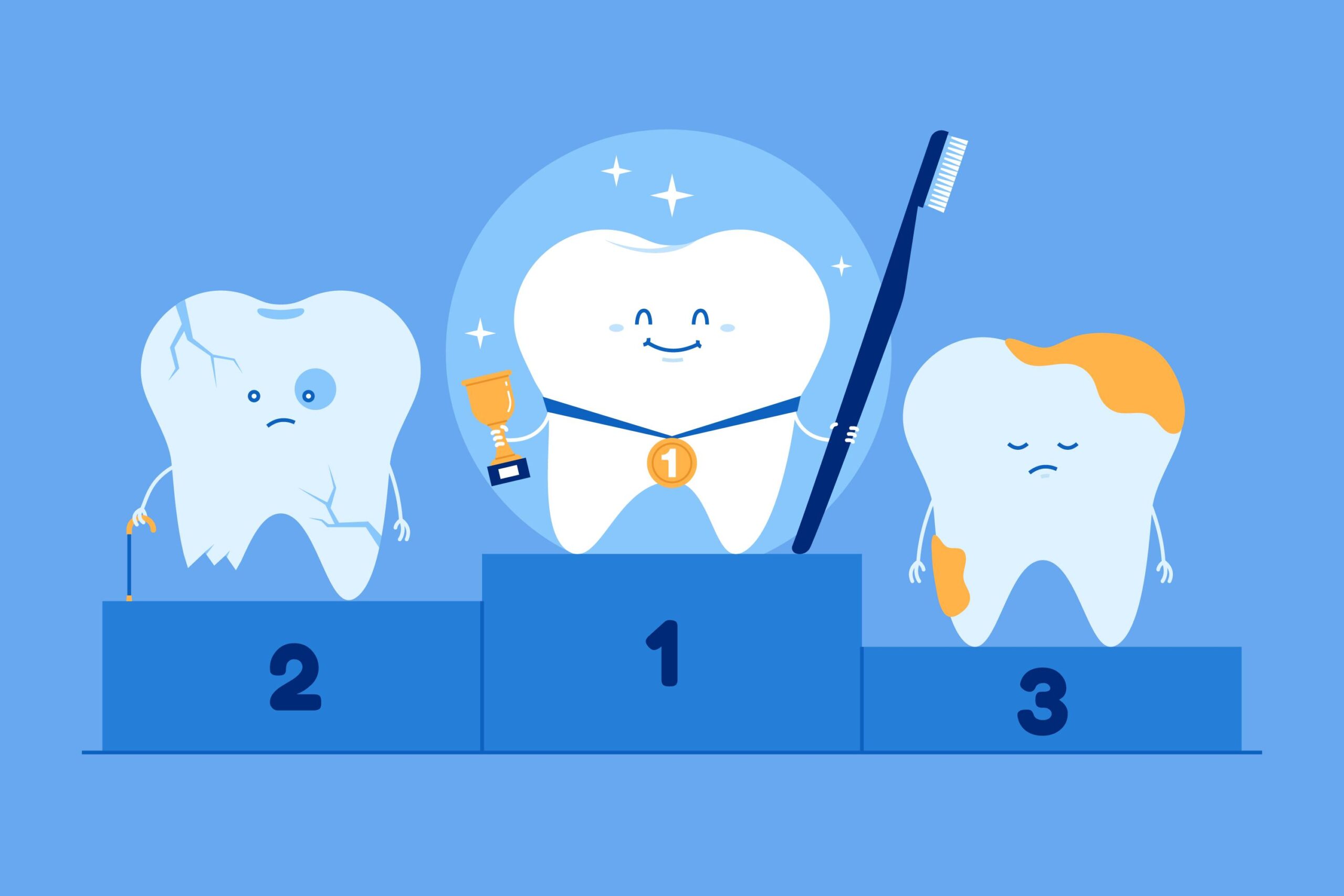Fizzy drinks make fuzzy teeth! Keeping teeth healthy for a lifetime means preventing tooth decay and erosion. Tooth erosion is a newer phenomenon and one that is preventable, according to the Indiana Dental Association which provided the following information:
Erosion is the chemical loss of enamel due to acid. Acid is found primarily in soft drinks, sports drinks, juices and acidic foods. Acid reflux, vomiting and other illnesses that produce stomach acid in the mouth can also erode tooth enamel.
Enamel is the protective outer layer of teeth. Throughout the day, your enamel undergoes a continuous dissolving and repairing cycle. Milk, fluoride, water and fluoridated toothpastes can repair and build back the minerals essential to healthy teeth. Low pH beverages such as soft drinks, sports drinks, fruit juices and wine dissolve enamel. Sour candies can also erode enamel.
When acid continuously attacks teeth, they cannot repair themselves and will gradually begin to turn fuzzy and dissolve. Dentists consider every sip of a low pH drink an acid attack. Even one bottle of soda or a single sports drink, if sipped over hours, can do extensive, irreversible damage to tooth enamel.
Decay is literally a soft spot in the enamel which penetrates the dentin, or a hole in the tooth. Decay is caused when the mouth’s bacteria react to sugar. The chemical interaction between bacteria and sugar produces acid. The acid-producing bacteria eat the enamel until a hole is made in the tooth, also known as a cavity. Preventing cavities involves brushing, flossing and keeping sugar to a minimum.
Acid attacks do the most damage when you are very thirsty or have a dry mouth. Saliva, your mouth’s natural defense shield, covers your teeth and provides some protection against acid attacks. When you’re dehydrated, you lack saliva and your teeth are more vulnerable to acid attacks.
STOP the continuous acid and sugar attack on your teeth by limiting the quantity of soft drinks and sports drinks and instead choose healthy drinks such as milk and water. Reduce the size of the drink and use a straw to draw the damaging liquid away from your teeth. Food consumed with acidic drinks can often help counteract acid attacks.
Most important is to brush your teeth before bed to reduce bacteria and to help harden your enamel. Wait at least one hour after drinking an acidic drink to brush your teeth to allow your saliva to begin the repair process.











